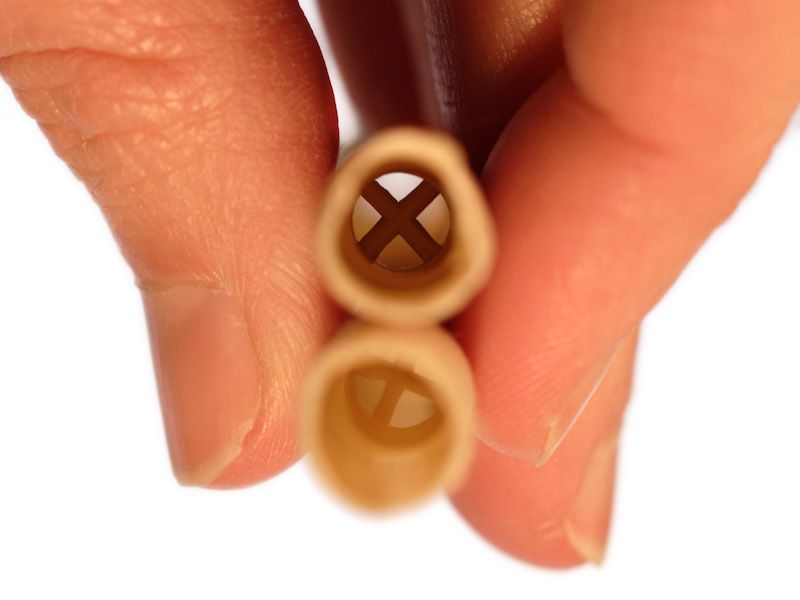
There’s a persistent belief in some circles that a practice known as “ear candling” is an effective way to decrease your earwax. What is ear candling, and does it work?
Do Earwax Candles Work?
Spoiler alert: No. No, they don’t.
Why then, does this piece of pseudo-science keep burrowing its way into the heads of otherwise reasonable human beings? It’s hard to say with much accuracy. But although the logical choice is pretty clear, knowing more about the risks of earwax candling will help us make an informed choice.
What is Earwax Candling?
So the basic setup goes like this: Perhaps you aren’t certain how to get rid of all your built up earwax. You’ve read that it’s risky to use cotton swabs to clean your earwax out. So, after doing some study, you find a method called earwax candling.
Earwax candling supposedly works as follows: You produce a pressure differential by cramming the candle into your ear, wick side out. The wax inside of your ear, then, is pulled outward, towards the freedom of the open world. Theoretically, the pressure difference is enough to break up any wax that may be log-jamming in your ear. But cleaning your ears like this can be dangerous.
Why Isn’t Ear Candling Effective
There are several issues with this process, including the fact that the physics simply don’t work. There’s just no way for a candle to generate that type of pressure differential (and in order to move earwax around, that pressure difference would need to be quite substantial indeed). Second, producing that kind of pressure differential would require some sort of seal, which doesn’t occur during candling.
Now, the candles that they use in these “treatments” are supposedly special. All of the wax that was in your ear can be located within the hollow portion of the candle which can be broken up when you’re done with your 15 minutes of ear candling. But the problem is you can find this same detritus in new unburned candles too. So this “proof” is really nonsense.
Earwax candling has never been proven by science to have any benefit whatsoever.
So Earwax Candling Doesn’t Work, But How Safe is it?
What’s the danger in trying, right? Well, you’re asking for trouble whenever you get a hot candle around your ears. You may be fine if you try earwax candling. People do it regularly. But there are certainly hazards involved and it’s certainly not safe.
The negative impacts of ear candling can include:
- You could cause serious damage when you mess around with an open flame and potentially even put your life in danger. Seriously, you could burn down your house. It’s not worth the danger to try this ineffective technique of wax removal.
- Your ear can be badly burned. Extreme hearing issues and burns can be the result of getting hot wax inside of your ear. In the most serious cases, this might permanently jeopardize your hearing.
- Once the wax cools it can clog your ear canal. You could end up temporarily losing your hearing or even needing surgery in serious cases.
You Can Keep Your Ears Clean Without Needing a Candle
Most people will never truly have to worry about cleaning earwax from their ears. That’s because your ears are really pretty good at cleaning themselves! However, there are some people who will have unusually heavy earwax production or accumulation to deal with.
If you do need to clean out your ears because of excessive wax, there are scientifically-proven (and effective) ways to do that properly. For example, you could get a fluid wash. Or you might see a specialist who will be capable of using specialized tools to get excess wax or wax blockages out.
You should continue to stay away from cotton swabs. And open flames are not ok either. Earwax candling is a procedure that has no benefit and will put your ears, and your entire person, at considerable risk of injury and damage. Try burning candles for their sent or for enjoyment but not as a method to clean your ears.
